再生心态的力量
再生牧场主从他们渴望改善土地和其他生产态度的愿望中汲取精力。
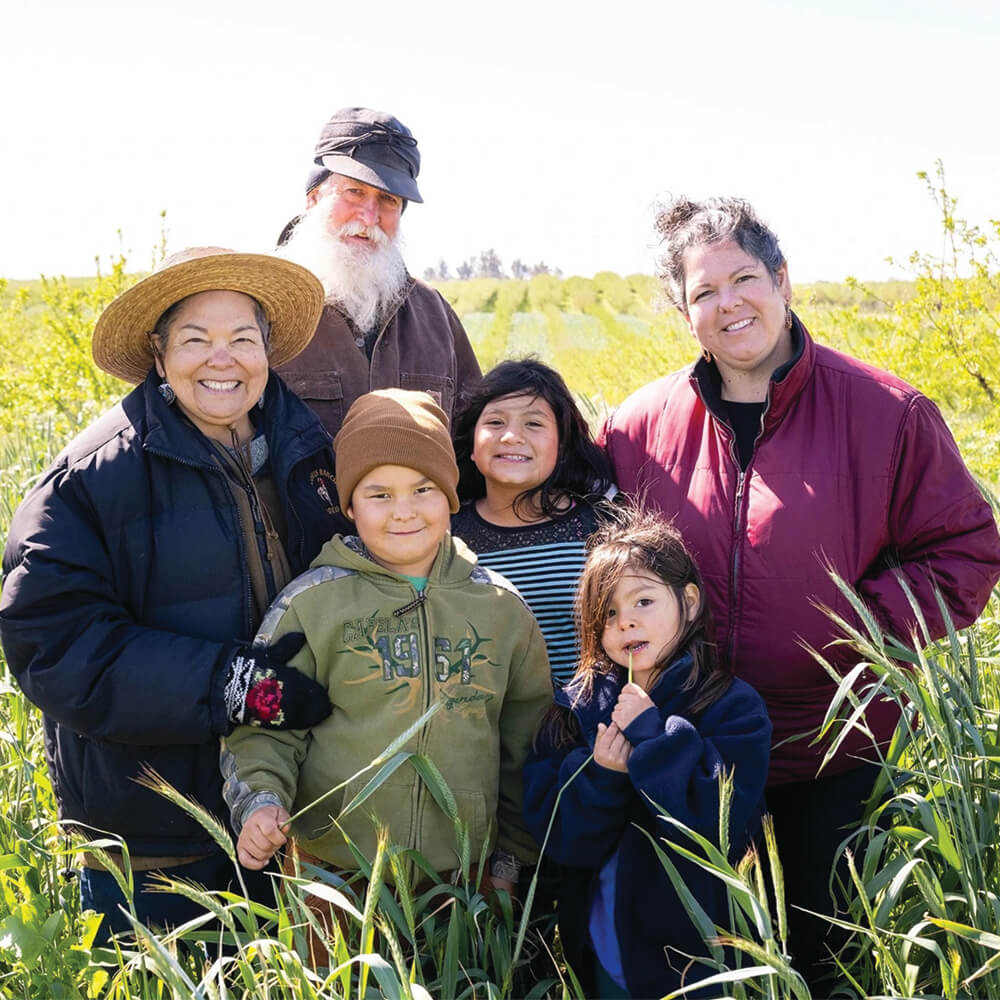
Rosie Burroughs
“花点时间成为观察者,看看您在做什么,并知道您的工作是否在起作用。开放的思想和愿意尝试是很好的。”
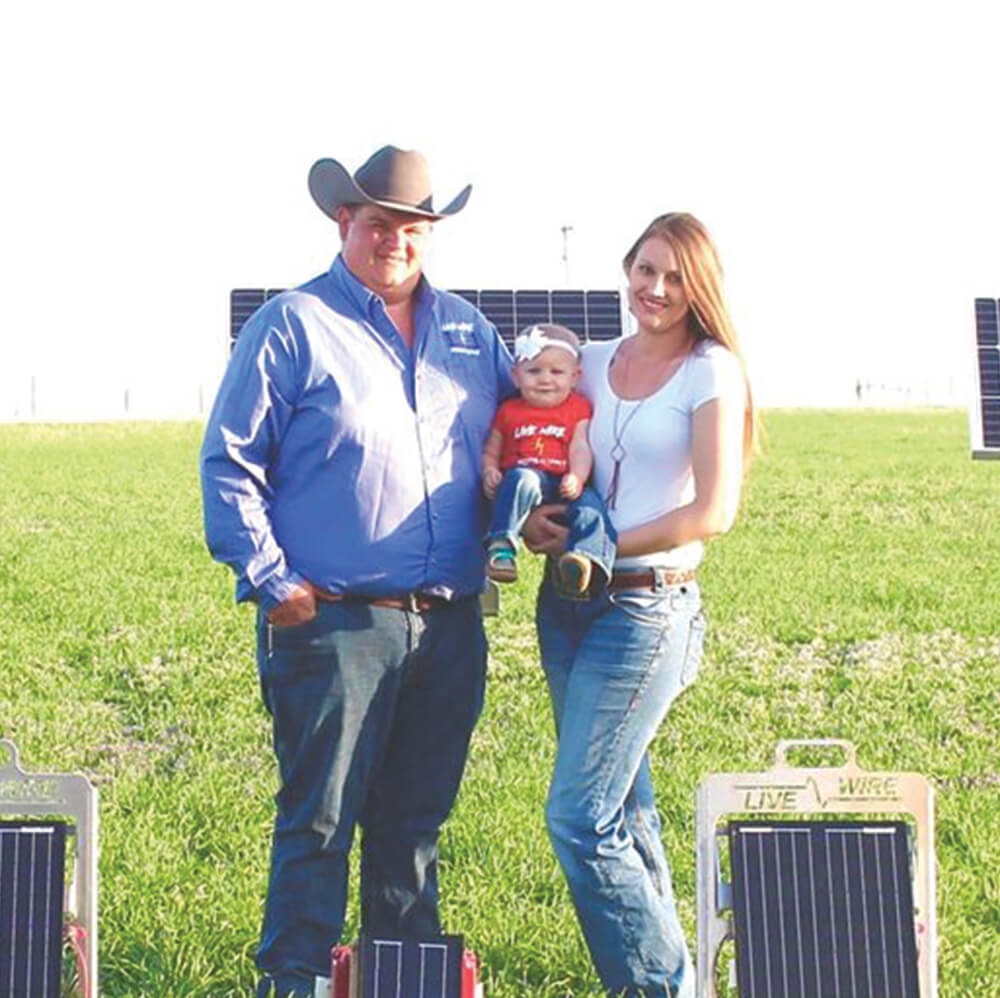
杰克·米勒
“我见过的成功人士(是)需要时间来监视范围并了解植物健康和范围条件方面的情况。”

盖尔·富勒(Gail Fuller)
“我知道我需要进行更改,以便子孙后代有同样的机会做我正在做的事情。”
什么是再生牧场?
再生牧场是使用基于生态原则的实践来恢复退化的土地的过程。
有机农业和再生农业有何不同?188bet金宝搏亚洲真人
虽然购买有机食品可以向您保证,在不使用大多数合成肥料和农药的情况下管理其生长的土地,但该标签本身无法告诉您土地的健康状况是否正在改善。再生农业的重点是建立土壤健188bet金宝搏亚洲真人康并恢复粮食生产系统中的退化土地。
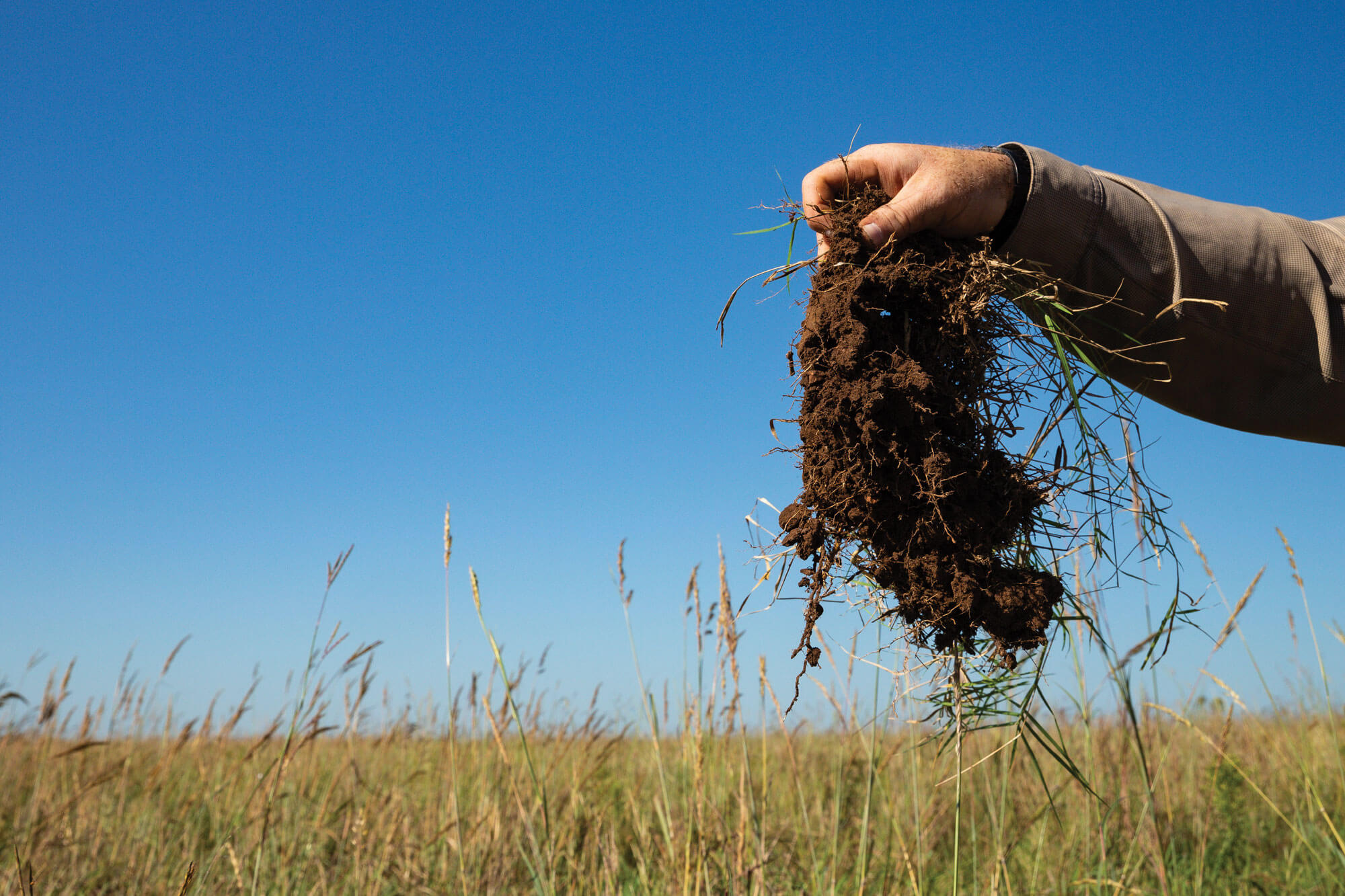
再生农业是改善农田和土壤的188bet金宝搏亚洲真人关键。
再生农业和再生牧场是188bet金宝搏亚洲真人重塑我们如何看待农业和粮食生产。
接近农业和牲畜生产的传统方式通常取决于化学投入和耕作的过度使用。188bet金宝搏亚洲真人这可以降低土地和我们的环境,同时也破坏了生产商的盈利能力。
再生农业是188bet金宝搏亚洲真人恢复退化的土壤利用基于生态原则的农业和放牧实践。再生农业实践的好处包括:188bet金宝搏亚洲真人
- 土壤中生物多样性的增加
- 在土壤中捕获碳以对抗气候变化
- 改善土壤的水能能力,使其更干旱和洪水弹性
- 减少化学输入的使用和随后的污染
- 增强野生动植物栖息地
再生牧场始于对生态系统的工作方式的理解。
再生牧场主通常会降低他们的投入成本,并发展有利可图的技能,以管理牲畜和草料来养活土壤。
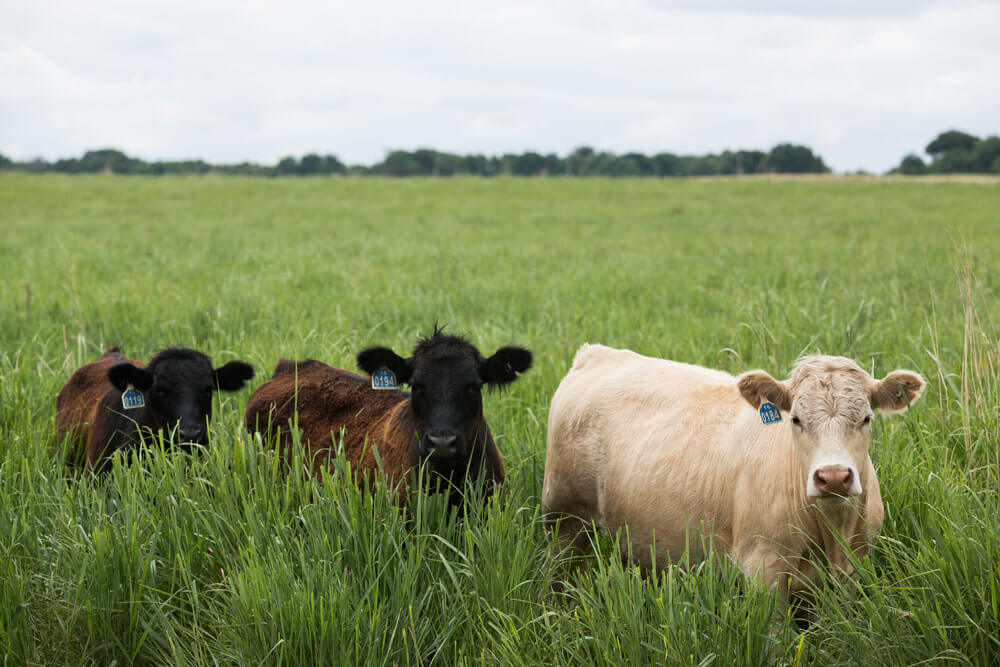
再生牧场专注于土地
再生牧场的重点是增强和恢复土地,使其更具弹性并支持整体生态系统的健康。
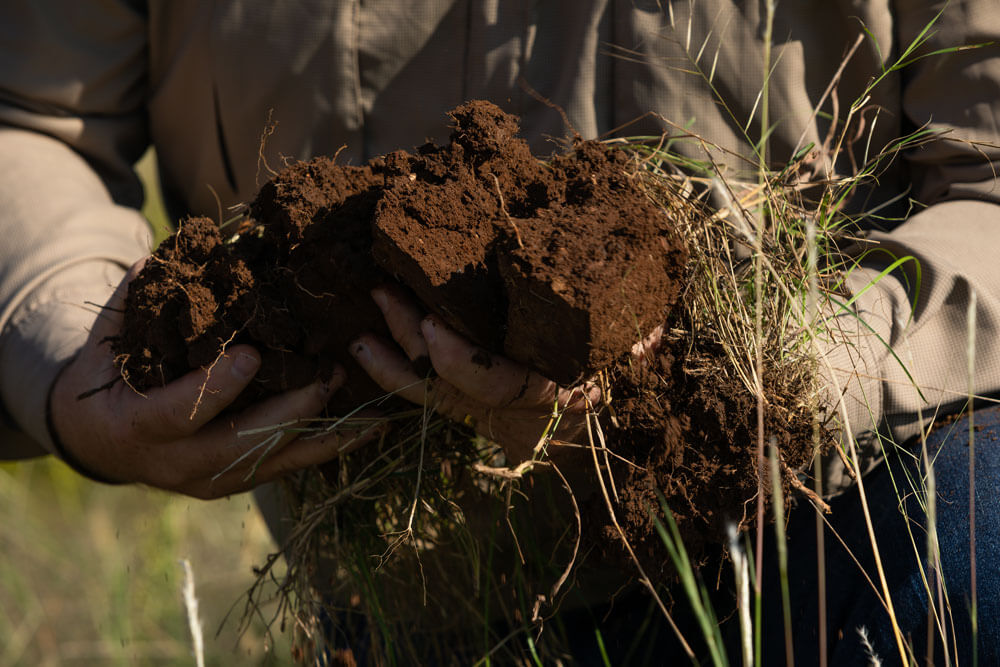
健康的土壤使整个社会受益
健康的土壤和生态系统会产生各个社会所享有的各种生态系统服务,包括碳固换,保留水和过滤。
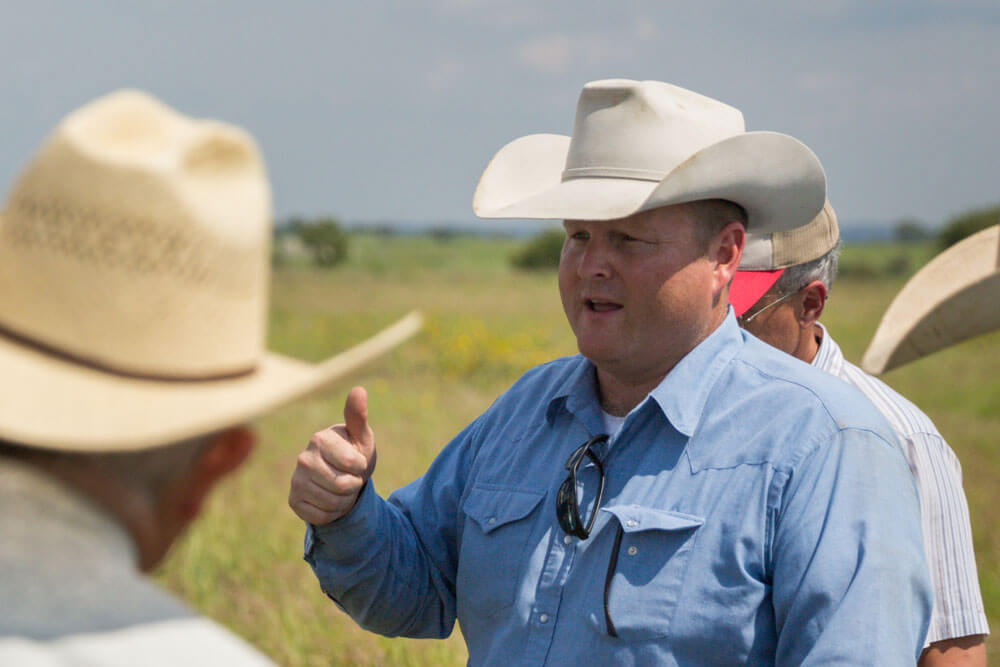
再生牧场对牧场主有益
再生牧场通常与整体管理和决策以及管理放牧有关。故意管理对牧场主有益。
在增加牧场主的盈利能力的同时再生土地是贵族的目标
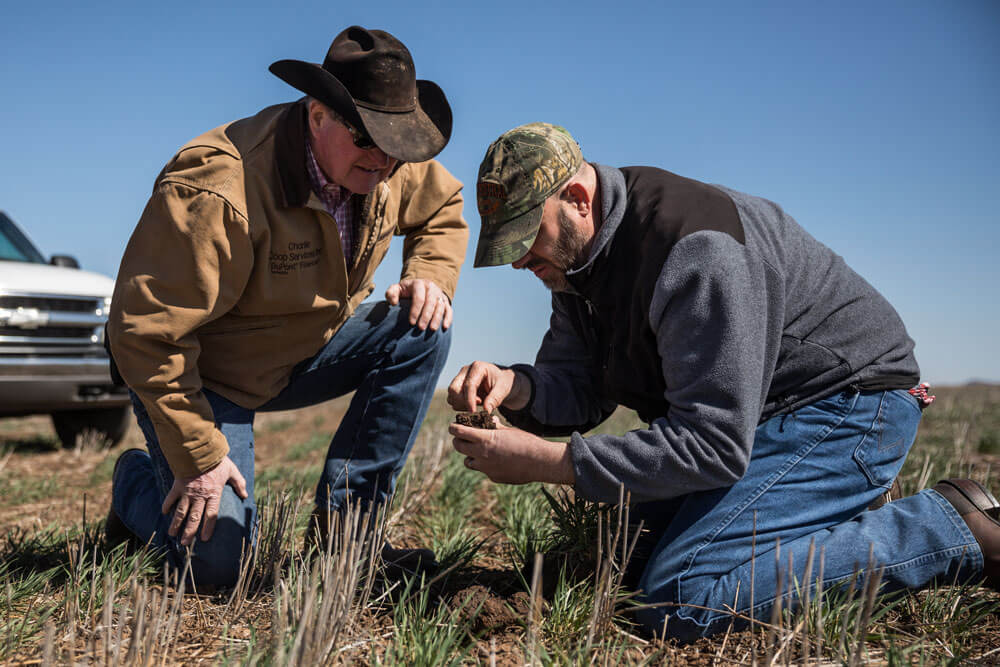
75多年来,Noble Research Ins188bet金宝搏代理titute与农业生产者建立了深厚的关系。今年,诺布尔(Noble)正在研究该研究所的旅程中的下一步。
正如我们最近几个月宣布的那样,我们将所有的运营重点放在平衡盈利能力和管理能力的再生牧场上。为什么?因为农民和牧场主不必选择一个目标。
土壤碳101:确定土壤碳存储市场是否适合您
您的碳或其他生态系统服务的承诺需要仔细考虑和正确的合作伙伴推销员。本指南提供了有用的问题,可以帮助土地所有者确定合作伙伴和合同条款,以最能与他们的个人和运营目标保持一致。



